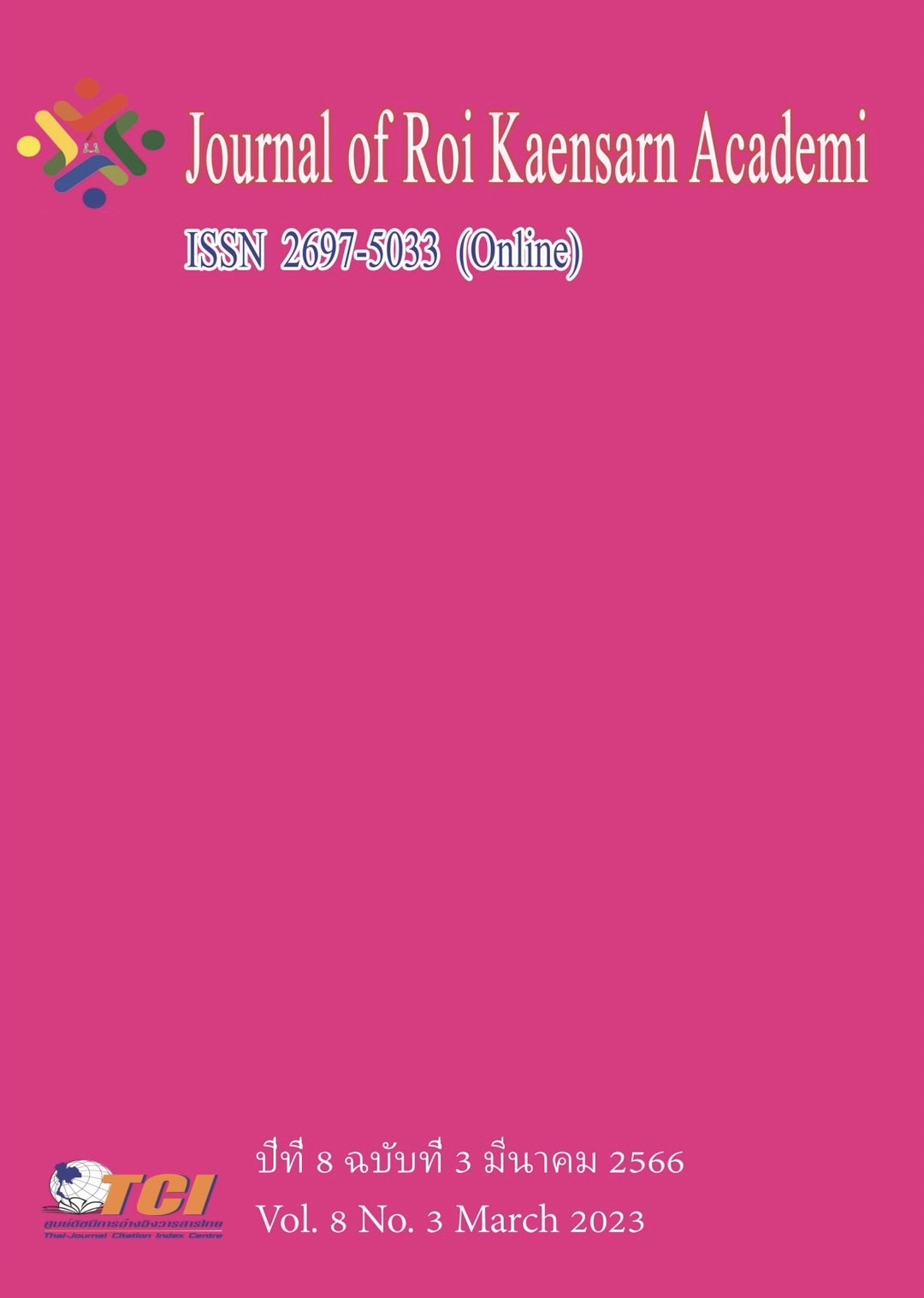ประชาธิปไตยและการคอร์รัปชัน: กรณีศึกษาประเทศกลุ่มอาเซียน
Main Article Content
บทคัดย่อ
การคอร์รัปชันเป็นอุปสรรคสำคัญขัดขวางการพัฒนาทางเศรษฐกิจของประเทศได้อย่างยั่งยืน กล่าวคือ การคอร์รัปชันส่งผลเสียต่อการขยายตัวทางเศรษฐกิจและส่งผลต่อความเหลื่อมล้ำในประเทศหลายช่องทาง งานวิจัยนี้มีวัตถุประสงค์เพื่อศึกษาปัจจัยที่กำหนดการคอร์รัปชันในกลุ่มประเทศอาเซียน โดยเป็นการศึกษาเชิงปริมาณใช้ข้อมูลรายปีของประเทศในกลุ่มเอเชียตะวันออกเฉียงใต้ระหว่างปี ค.ศ. 2005-2019 ผู้ศึกษาวิเคราะห์ข้อมูลโดยใช้วิธีการวิเคราะห์แบบพาแนล (Panel Analysis) ผลการศึกษาพบว่า ปัจจัยที่ส่งผลให้การคอร์รัปชันลดลงอย่างมีนัยสำคัญ ได้แก่ ความเป็นประชาธิปไตย ผลิตภัณฑ์มวลรวมภายในประเทศต่อหัว และการใช้จ่ายของรัฐด้านการทหาร ในขณะที่จำนวนปีที่เข้าศึกษามีผลทำให้การคอร์รัปชันเพิ่มขึ้น
Article Details
เอกสารอ้างอิง
Brown, D. S., Touchton, M. & Whitford, A. B. (2005). Political polarization as a constraint on government: evidence from corruption on SSRN. World Development. 39 (9), 1516–1529. Retrieved from http://doi.org/10.1016/j.worlddev.2011.02.006
Center for Systemic Peace. (2021). The Polity Project. Retrieved from https://www. systemicpeace.org/polityproject.html
Chaudhry, M. A. & Shabbir G. (2007). Determinants of corruption in developing countries. HWWI Research Paper, 2-11., ISSN 1861-504X. Retrieved from http://hdl.handle.net/10419/48268.
Damania, R., Fredriksson, P.G. & Mani, M. (2004). The Persistence of Corruption and Regulatory Compliance Failures: Theory and Evidence. Public Choice, 121(3), 363-390. Retrieved from https://doi.org/10.1007/s11127-004-1684-0
Economist Intelligence Unit. (2021). Democracy Index 2020: In sickness and in health?. Retrieved from https://www.eiu.com/n/campaigns/democracy-index-2020/
Fiorino, N. & Galli, E. (2010). An analysis of the determinants of corruption: Evidence from the Italian regions. POLIS Working Papers, 171, Article ISSN: 2038-7296. Retrieved from https://www.researchgate.net/publication/254452988_An_analysis_of_the_ determinants_of_corruption_Evidence_from_the_Italian_regions
Gaspar, V. and Hagan, S. (2016). Corruption: costs and mitigating strategies. Fiscal Affairs Department and the Legal Department. International Monetary Fund. [online]. Retrieved from https://www.imf.org/external/pubs/ft/sdn/2016/sdn1605.pdf.
Jetter, M., Agudelo, A. M. & Hassan, A. R. (2015). The effect of democracy on corruption: Income is key. World Development, 74, 286-304. Retrieved from https://doi.org/10.1016/j.worlddev.2015.05.016.
Kekic, L. (2007). The Economist Intelligence Unit’s index of democracy. The Economist, 21, 1-11. Retrieved from http://czechfolks.com/wp-content/uploads/2009/ 03/democracy _index_2007.pdf.
Lederman, D., Loayza, N. V. & Soares, R. R. (2005). Accountability and corruption: Political institutions matter. Economics & politics, 17(1), 1-35. Retrieved from https://doi.org/ 10.1111/j.1468-0343.2005.00145.x
Mangafić, J. & Veselinović, L. (2020). The determinants of corruption at the individual level: evidence from Bosnia-Herzegovina. Economic research-Ekonomska istraživanja, 33(1), 2670-2691. Retrieved from https://doi.org/10.1080/1331677X.2020.1723426
Nurudeen, A., & Waldemar Staniewski, M. (2019). Determinants of corruption in Nigeria: Evidence from various estimation techniques. Economic research-Ekonomska istraživanja, 32(1), 3052-3076. Retrieved from https://doi.org/10.1080/1331677X. 2019.1655467
Seldadyo, H. and De Haan, J. (2005). The determinants of corruption. The Economist, 66, 1-60. Retrieved from https://projects.iq.harvard.edu/gov2126/ files/seldadyo_ determinants_corruption.pdf
Suphachalasai, S. (2005). Bureaucratic corruption and mass media. Environmental Economy and Policy Research Discussion Paper, (05.2005). Retrieved from https://doi.org/10.2139/ssrn.722403
Transparency International (2021). FULL 2020 MATERIALS. CPI Full Data Set. Retrieved from https://www.transparency.org/en/cpi/2020.
Zouaoui, A., Ben Arab, M. & Alamri, A.M. (2021). Determinants of corruption in developing countries: case of Tunisia. Journal of Financial Crime, 29(1), 111-127, Retrieved from https://doi.org/10.1108/JFC-02-2021-0037

